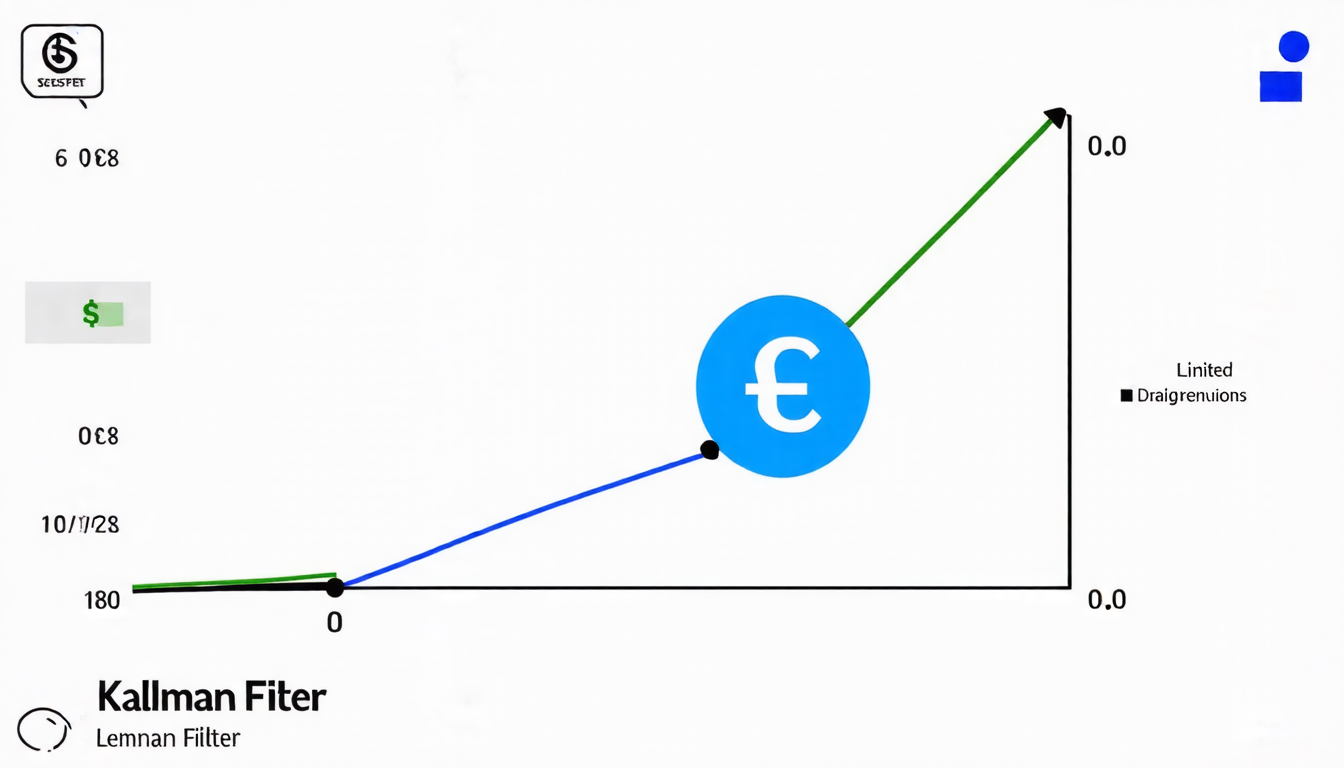Thursday 10 April 2025
The Kalman filter, a stalwart of control theory and signal processing, has been applied to a wide range of fields, from navigation to finance. But a recent paper takes the concept in a new direction, using it to model the hryvnia/dollar exchange rate and inflation rates in Ukraine.
The authors start by establishing that the exchange rate and inflation rates are closely tied, with changes in one affecting the other. They then use the Kalman filter, a mathematical technique for estimating the state of a system from noisy measurements, to model these relationships.
The resulting model is surprisingly accurate, capturing the complex dynamics of the Ukrainian economy with ease. The authors use historical data to train the model, and then use it to make predictions about future trends in the exchange rate and inflation rates.
One of the key findings of the paper is that the hryvnia/dollar exchange rate was artificially maintained during 2012-2013. This is consistent with anecdotal evidence from the time period, which suggests that the Ukrainian government intervened heavily in the foreign exchange market to keep the value of the hryvnia stable.
The model also reveals a close positive correlation between the exchange rate and inflation rates, as well as other economic indicators such as state budget deficits and energy prices. This suggests that policymakers have a number of tools at their disposal to influence the economy, but that they must be careful not to overdo it.
One potential application of this research is in the development of more accurate forecasting models for exchange rates and inflation rates. By incorporating data from a wide range of sources, including economic indicators and policy decisions, these models could provide valuable insights for policymakers and investors alike.
The authors also suggest that their model could be used to inform macroeconomic policies, such as those aimed at reducing inflation or stabilizing the exchange rate. By analyzing the relationships between different economic variables, policymakers could develop more targeted and effective strategies for achieving their goals.
Overall, this paper represents an interesting application of control theory to a real-world problem. The results are promising, and suggest that the Kalman filter may have a wider range of applications than previously thought.
Cite this article: “Stabilizing Ukraines Economy: A Kalman Filter Approach to Exchange Rate and Inflation Modeling”, The Science Archive, 2025.
Kalman Filter, Exchange Rate, Inflation Rates, Ukrainian Economy, Macroeconomic Policies, Forecasting Models, Control Theory, Signal Processing, Hryvnia/Dollar Exchange Rate, Economic Indicators







